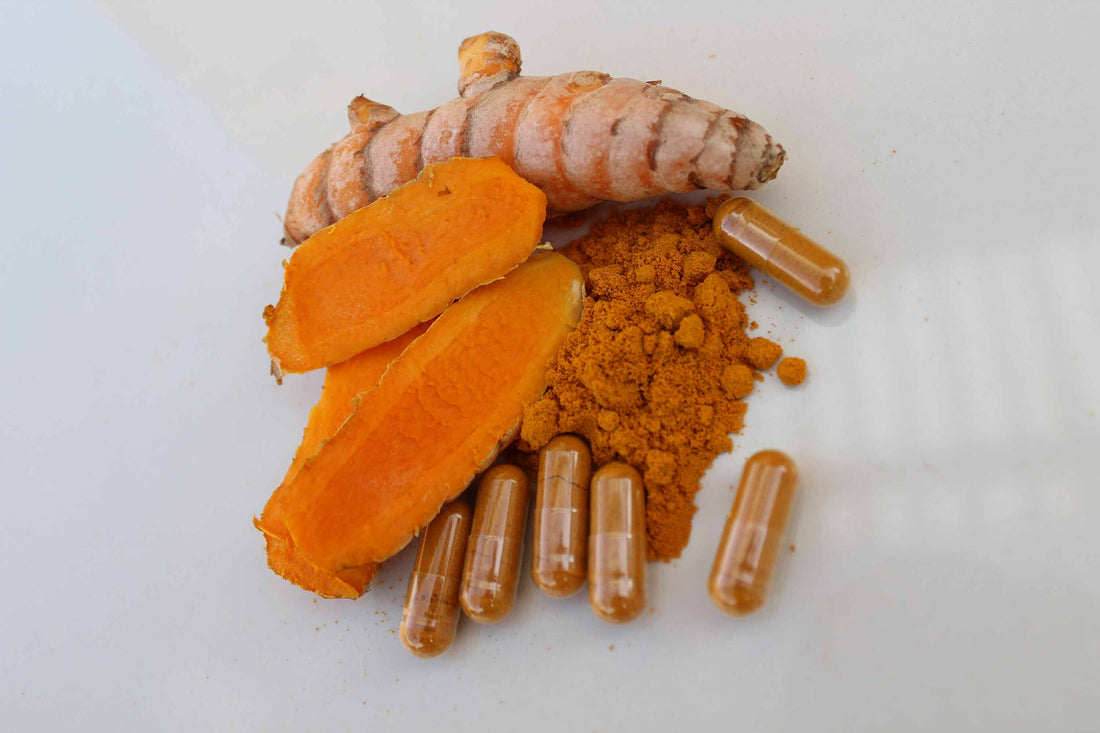
A study in rat model presents the following report: Carbon tetrachloride-induced liver injury was mitigated by Curcuma longa (CL) in the present experimental rat model study. Hepatic aminotransferase, serum bilirubin and prothrombin time. Animals treated with CL (group C) showed a significant improvement in hepatic aminotransferase, serum bilirubin and prothrombin time compared to a group without CL treatment. Liver tissue treated with CL shows a reduction in carbon tetrachloride-induced injury. Carbon tetrachloride caused liver damage characterized by necrosis, fatty change and vacular degeneration in the group not treated with turmeric.
The present study concludes that curcuma longa exerts hepatocellular protection. Hepatic aminotransferase and histology were significantly protected by curcuma longa therapy against carbon tetrachloride-induced liver injury. More research studies are warranted and the role of curcuma longa should be performed for chemical-induced liver injury in clinical practice.
The full article: Naz, Sana; Irshad, Faisal; Mawani, Hina (2018). Curcuma Longa against carbon tetrachloride induced liver injury: A biochemical and histopathological experimental study. Published in The Professional Media Journal.

